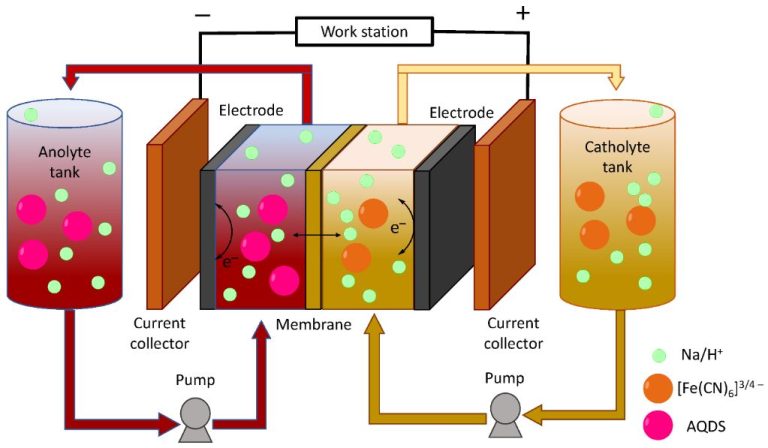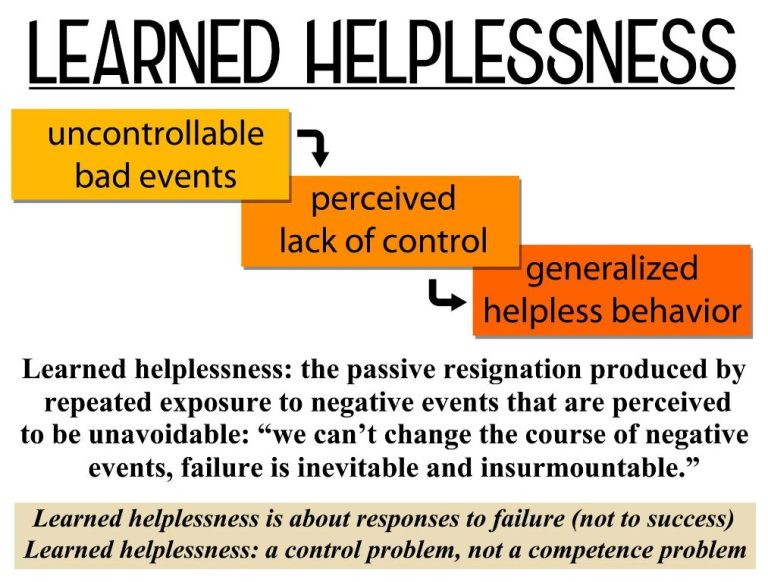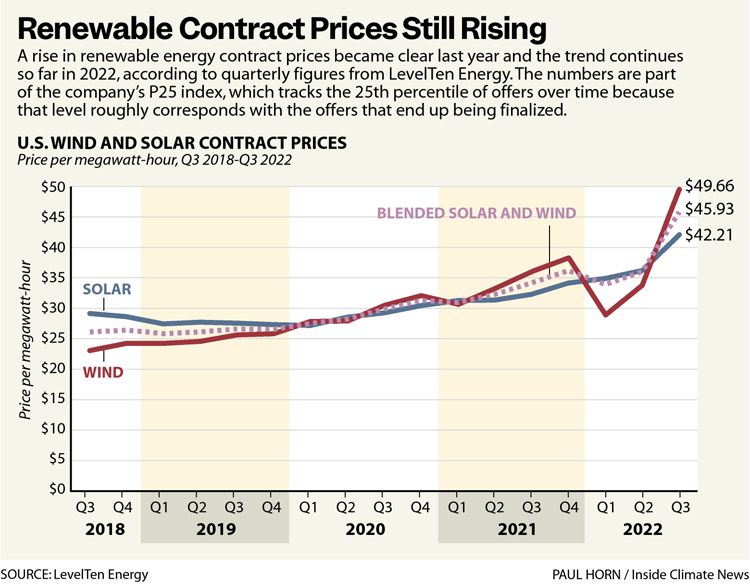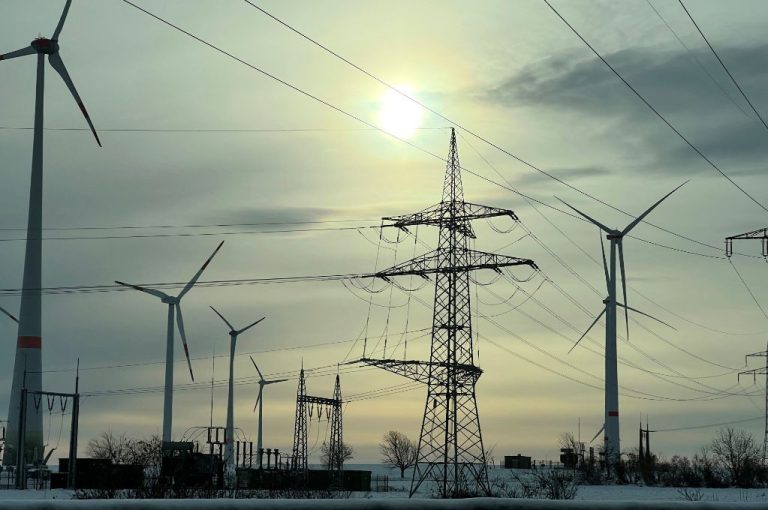Will Renewable Energy Overtake Coal?
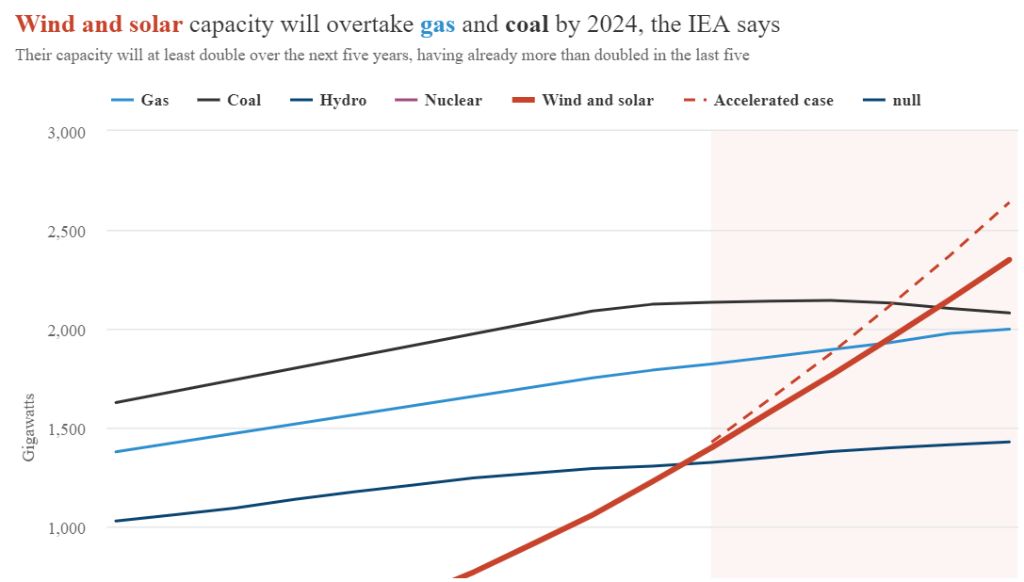
Energy lies at the heart of the worldwide economy and society. As we shift from fossil fuels to cleaner renewable energy sources like solar and wind, among the biggest questions is if and when renewable energy generation will surpass coal power. This report will explore the question of whether renewables are on track to overtake coal in terms of electricity generation capacity, examining key factors such as costs, government policies, public opinion, and grid integration challenges.
While coal has dominated the energy landscape as the world’s largest source of electricity for decades, wind and solar power generation have grown rapidly in the last 10 years. Most projections show renewables continuing to expand their share of generation, but the timeline remains uncertain. This report will analyze the evidence and projections around renewables potentially overtaking coal in the next 10-20 years.
Growth of Renewables
Renewable energy has been growing rapidly in recent years, accounting for around 24% of total electricity generation in 2022.
The two largest sources of renewable energy are solar and wind power. According to the Energy Information Administration, solar capacity is projected to grow 38% from 95 gigawatts at the end of 2023 to 131 gigawatts by the end of 2024. Wind capacity is also expected to expand substantially, with 12.2 gigawatts of new wind capacity added in 2022 and projected additions of 13.6 gigawatts in 2023 and 14.7 gigawatts in 2024 (EIA).
Many analysts expect strong continued growth in solar and wind in the coming decades. According to Deloitte, renewable energy deployment is projected to grow 17% in 2024. The International Energy Agency (IEA) predicts that solar PV additions will account for two-thirds of the increase in renewable power capacity in 2023 and continue expanding in 2024 (Deloitte, IEA). Key factors driving growth include improving technology and falling costs as well as supportive government policies.
Decline of Coal
The demand for coal has been declining in recent years. According to the U.S. Energy Information Administration, coal-fired generation in the U.S. declined each year between 2014 and 2020 before rising slightly in 2021 (U.S. coal-fired generation declining after brief rise last year). In 2022, U.S. coal-related CO2 emissions decreased by 7% compared to 2021, largely due to reduced coal demand (Coal generation decreased in 2022, but overall U.S. …).
Globally, the International Energy Agency forecasts that coal demand will decline through 2026 after reaching an all-time high in 2021 (Global coal demand expected to decline in coming years).
In addition to reduced demand, stricter environmental regulations have led to coal plant closures. Over 500 coal-fired power plants have closed in the U.S. since 2010. Regulations like the Mercury and Air Toxics Standards have made it costlier to operate coal plants, accelerating their retirement.
Cost Comparisons
When it comes to the economics of generating electricity, an important metric is levelized cost of electricity (LCOE). LCOE represents the average lifetime cost of building and operating a power plant per unit of electricity generated. It allows comparison of different generation technologies with different capital costs, fuel costs, and operating lifetimes. According to the U.S. Energy Information Administration, the estimated LCOE in 2021 for new generation resources was: $31/MWh for onshore wind, $30/MWh for solar PV, and $40/MWh for advanced coal [1]. The LCOE for renewables has fallen dramatically over the past decade due to technological improvements and economies of scale. In contrast, coal’s LCOE has remained steady or even increased slightly.
Looking ahead, projections show renewables continuing to decline in LCOE while coal increases slightly. By 2026, EIA estimates onshore wind LCOE will drop to $26/MWh and utility-scale solar PV to $28/MWh. Advanced coal is estimated to increase to $44/MWh by 2026. These ongoing cost trends reinforce that renewables like wind and solar are becoming the lowest cost options for new electricity generation capacity [1].
Market Forces
Corporations are making major commitments to renewable energy as costs decline and markets expand. Large companies like Amazon, Google, Facebook, and Apple have pledged to power their operations entirely with renewable energy. This is accelerating the growth of renewables while reducing demand for coal power.
Many major investors are also divesting from coal over environmental concerns. A recent analysis found that over 100 globally significant financial institutions have divested from thermal coal, including banks, insurers, and pension funds. As investors shift capital away from coal, it becomes harder for coal companies to secure financing and remain economically viable.
According to a report from the Institute for Energy Economics and Financial Analysis, renewables are now routinely beating coal in competitions for the lowest cost source of electricity generation. The declining costs of renewables compared to coal is being driven largely by market forces as opposed to regulations.
Source: https://ieefa.org/ieefa-u-s-renewables-increasingly-beat-even-cheapest-coal-on-cost/
Government Policy
Government policies have played a major role in shaping the growth of renewable energy and the decline of coal. Key policies that have driven this trend include subsidies for renewables, carbon pricing, and phase-outs of coal power.
Many governments provide subsidies for renewable energy technologies like solar, wind, and hydropower. As noted in a report from Digital Repository UNM, state-level policies that offer rebates, grants, and tax credits for renewables have helped drive deployment and cost reductions.[1] The largest private investment instrument globally has been renewable energy subsidies according to the International Renewable Energy Agency.
Carbon pricing policies like carbon taxes and cap-and-trade systems make fossil fuels like coal more expensive to reflect their environmental impact. An article in Springer Link found market-based policies like carbon pricing lead to increased renewable energy generation and are more effective than regulations.[2]
Many governments have also targeted coal directly with phase-out policies, setting timelines to close coal power plants and transition to cleaner sources. For example, Canada aims to eliminate coal power by 2030.[3] These phase-outs increase market share for renewables.
Public Opinion
The American public overwhelmingly favors renewable energy sources over coal and fossil fuels. According to a Pew Research study, 67% of Americans say the U.S. should use a mix of energy including renewables along with oil, coal, and natural gas (source). While only 31% are ready to completely phase out fossil fuels, there is strong support for prioritizing renewable development.
One reason is growing concerns over the health and environmental impacts of coal. Coal plants emit harmful pollutants like sulfur dioxide, nitrogen oxides, and mercury, which have been linked to respiratory illnesses and premature deaths (source). Renewables like solar and wind avoid these impacts by not emitting air pollutants during operation. Many Americans see transitioning to renewables as necessary to mitigate climate change and reduce fossil fuel pollution.
Grid Integration
One of the major challenges with renewable sources like solar and wind is that they are intermittent – they only generate electricity when the sun is shining or the wind is blowing. This can cause issues for grid operators who need to precisely match power supply with demand at all times to maintain stability. Sudden drops in renewable output need to be compensated for very quickly.
There are several potential solutions for managing the variability of renewables and balancing the grid:
- Energy storage like batteries and pumped hydro can store excess renewable electricity for later use.
- More interconnections over wider geographic areas smooth out variability.
- Improved weather forecasting helps predict renewable output.
- Demand response programs incentivize consumers to shift electricity use to times of high renewable generation.
- Flexible conventional power plants can ramp up and down quickly to complement renewables.
- Advanced grid management technologies like smart inverters provide more control.
Despite the challenges, studies have shown that grids can likely handle far higher renewable penetrations with the right investments and policies. The integration issues are solvable and not necessarily an obstacle to renewables overtaking coal.
Other Factors
Two key factors that will influence whether renewables overtake coal are the electrification of transportation and heating, as well as advances in energy storage technology.
Many experts predict strong growth in electric vehicles, with some projections estimating that EVs will make up over 50% of new car sales globally by 2030 (Samsara). This will significantly increase electricity demand, providing an opportunity for renewables to supply a larger share of the market. However, it also means more affordable and efficient energy storage solutions are needed.
Likewise, increased electrification of building heating systems through heat pumps and other technologies shifts more energy consumption to the electricity grid, which renewables can potentially meet (Progressive).
At the same time, storage technologies like utility-scale batteries, compressed air storage, and hydrogen electrolysis continue to fall in cost and improve in performance. This enables renewables to overcome intermittency issues and provide stable power outputs.
Therefore, the growth of EVs, electrified heating, and storage solutions will be pivotal in determining if renewables can economically outcompete coal over the coming decades.
Conclusion
In summary, there are several key factors that will determine if and when renewables overtake coal. The rapid declines in the cost of renewables will continue to make them more competitive with coal. Market forces are already favoring renewables, with many major companies and organizations committing to 100% renewable energy. However, existing coal plants still provide a large share of baseload power in many countries. The growth of battery storage can help overcome intermittency issues for renewables. Government policies will play a major role, with many countries committing to phase out coal power by specific dates while incentivizing renewables. Public opinion continues to shift in favor of renewables for environmental reasons. While grid integration of high levels of renewables poses challenges, these are solvable with the right technology investments and market design.
Overall, the trajectory clearly points to renewables overtaking coal globally in the coming decades. However, the exact timing will vary by country and region based on policy choices, infrastructure, and economic factors. Some analysts expect renewables to surpass coal as soon as 2025-2030, while more conservative forecasts put it closer to 2040-2050. But the broad consensus is that the transition away from coal towards a renewable-dominated electricity mix is inevitable in the long run.


